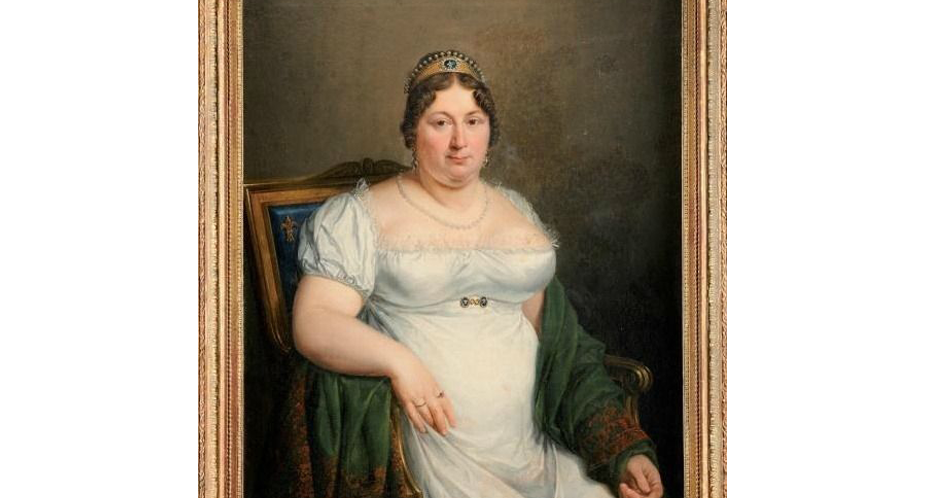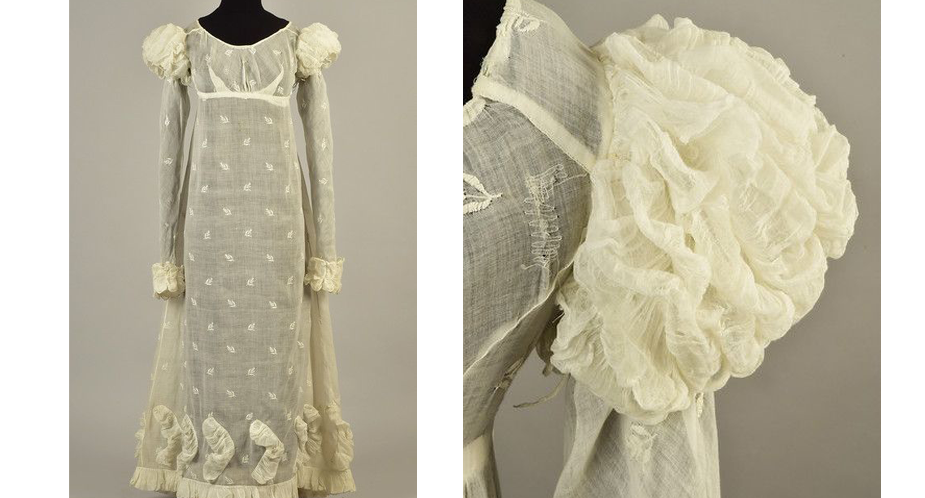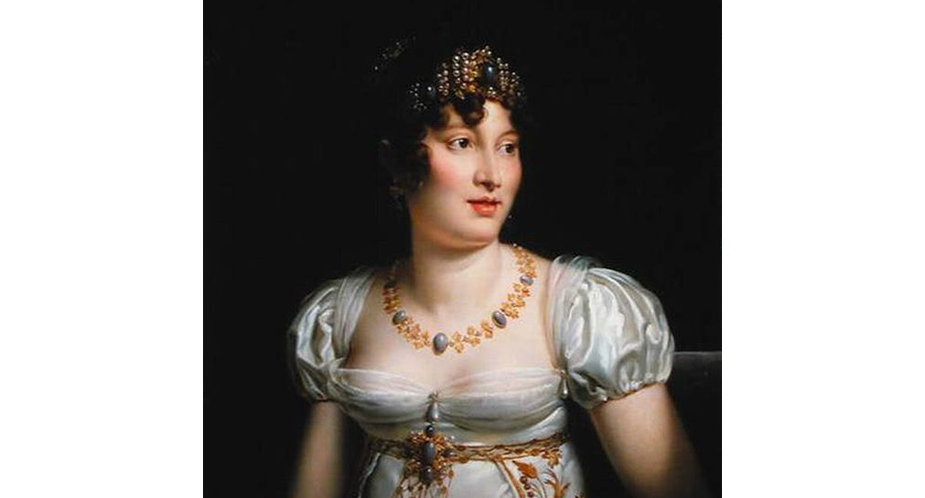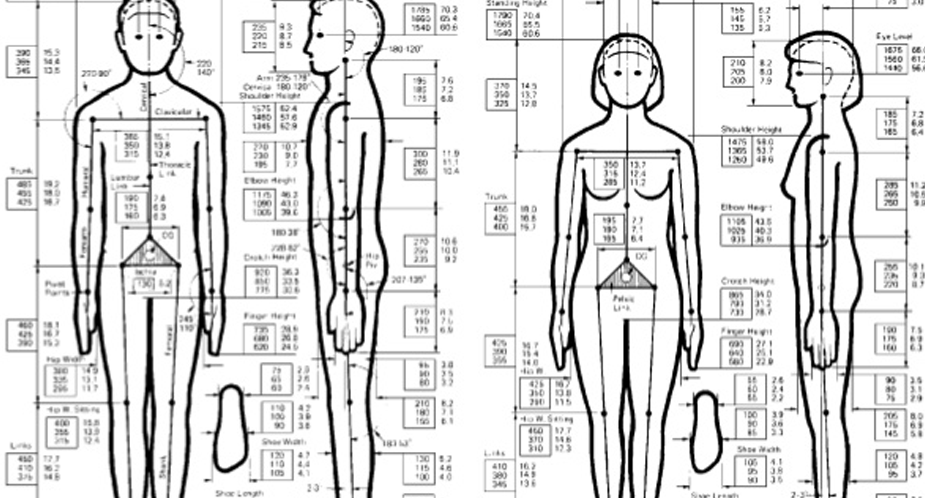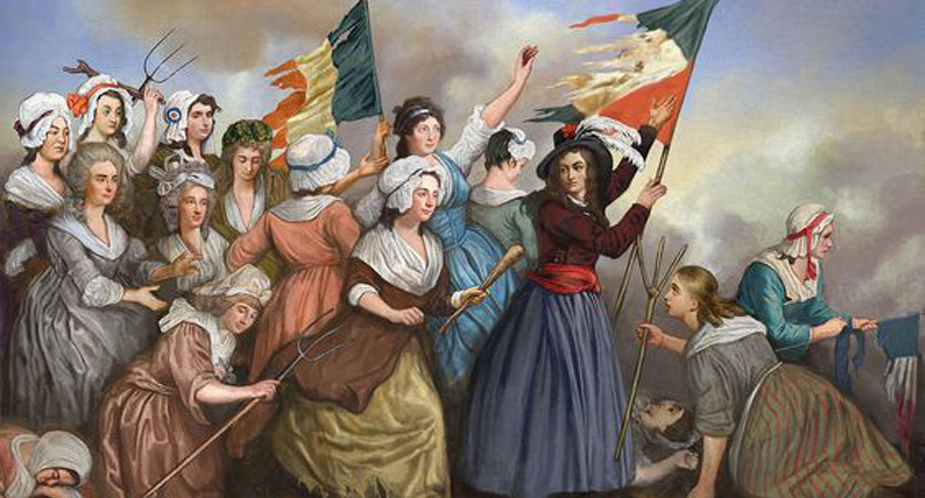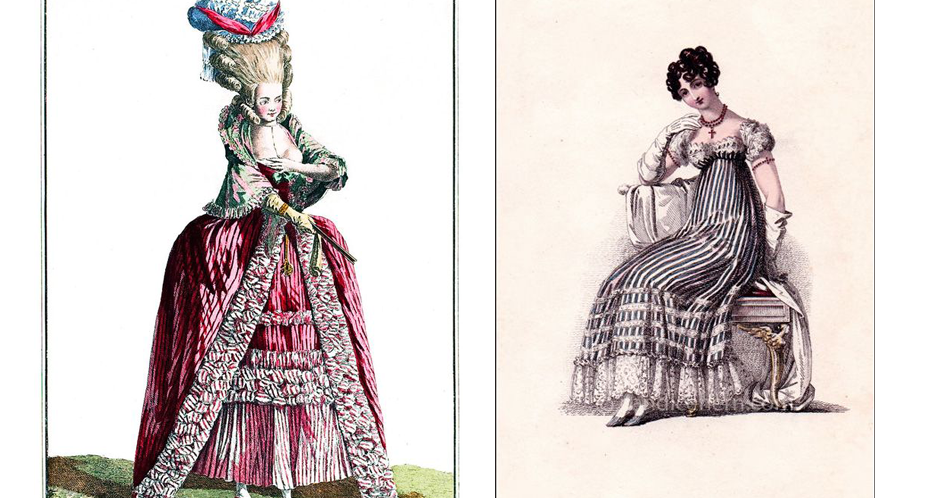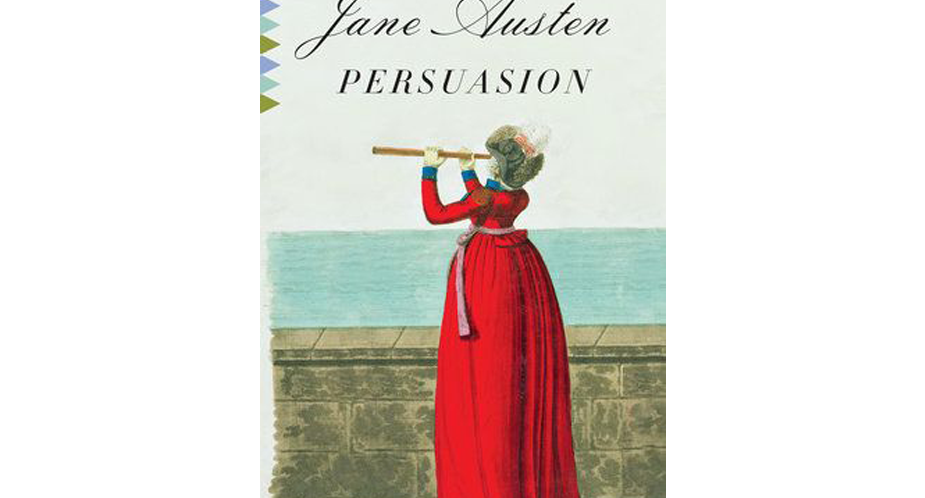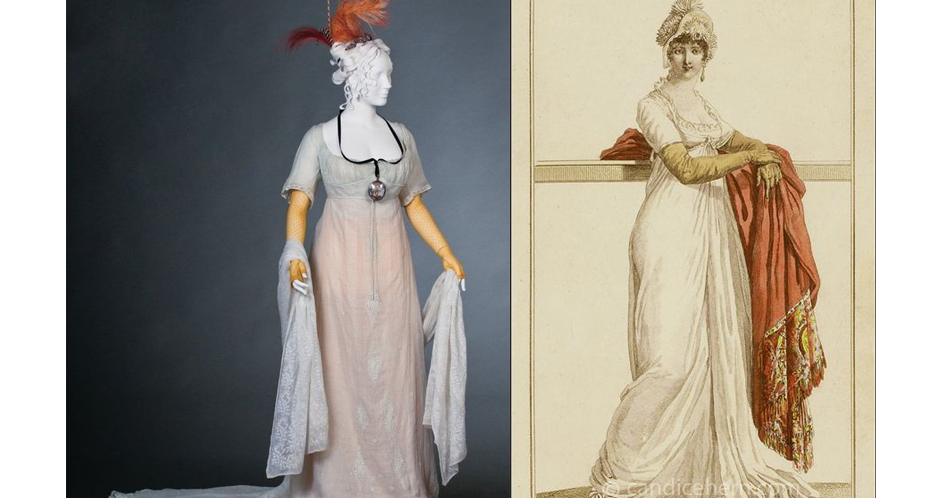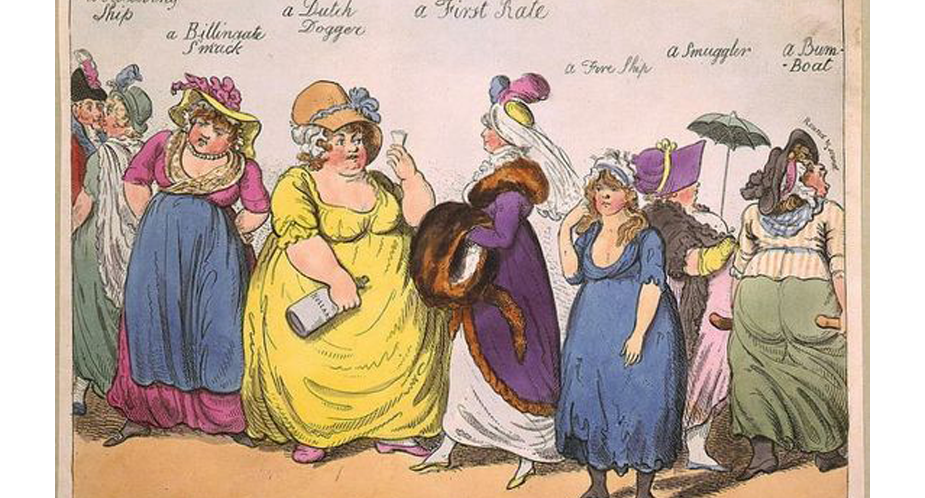…of the English and French, however discuss that stays were worn or not worn in equal measure. Young women and those with beautiful figures discarded undergarments, while those of “bountiful flesh” or older and gravity drawn shapes continued to wear some sort of understructure. (Portraits Featured and below: Many older …
